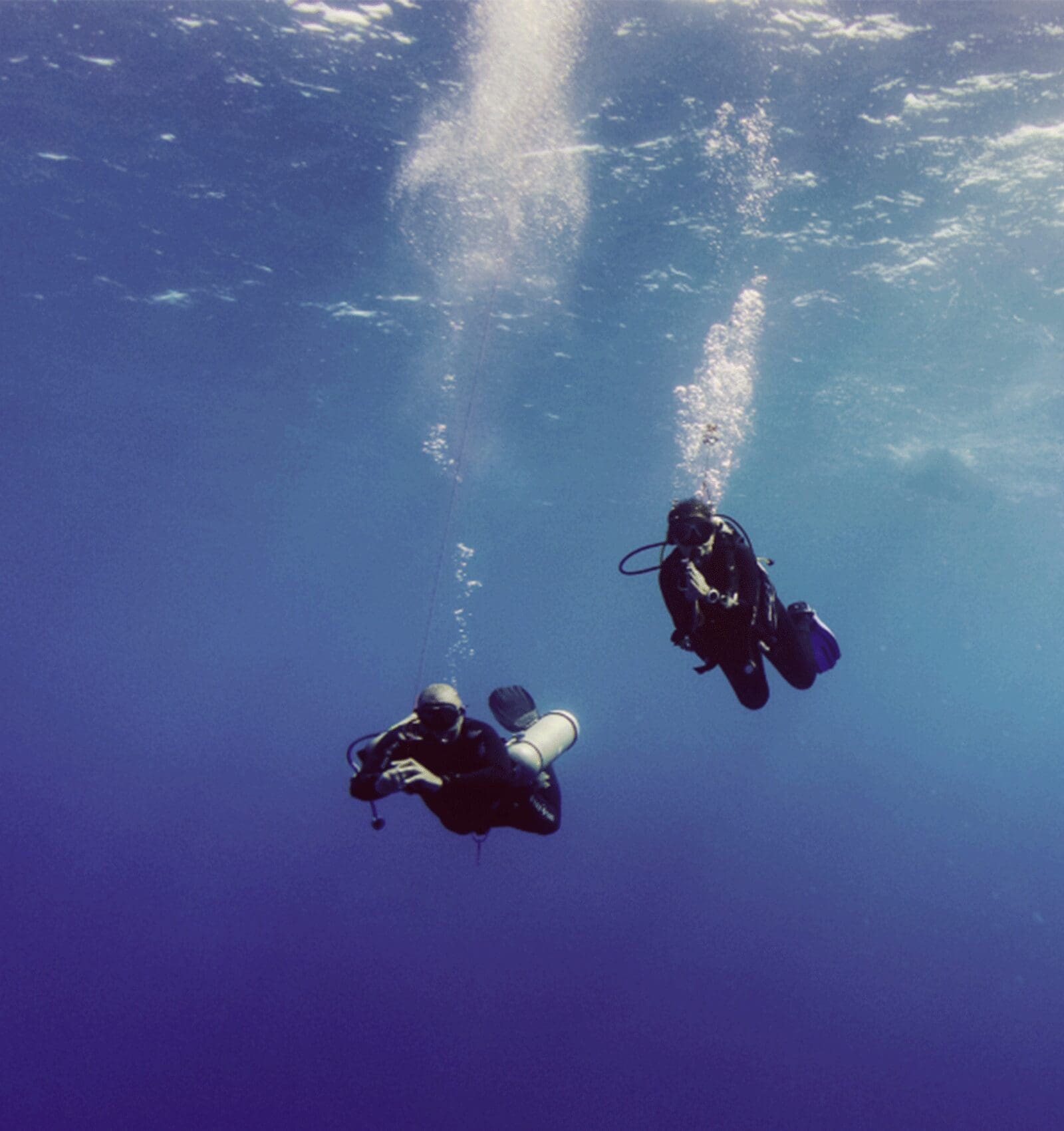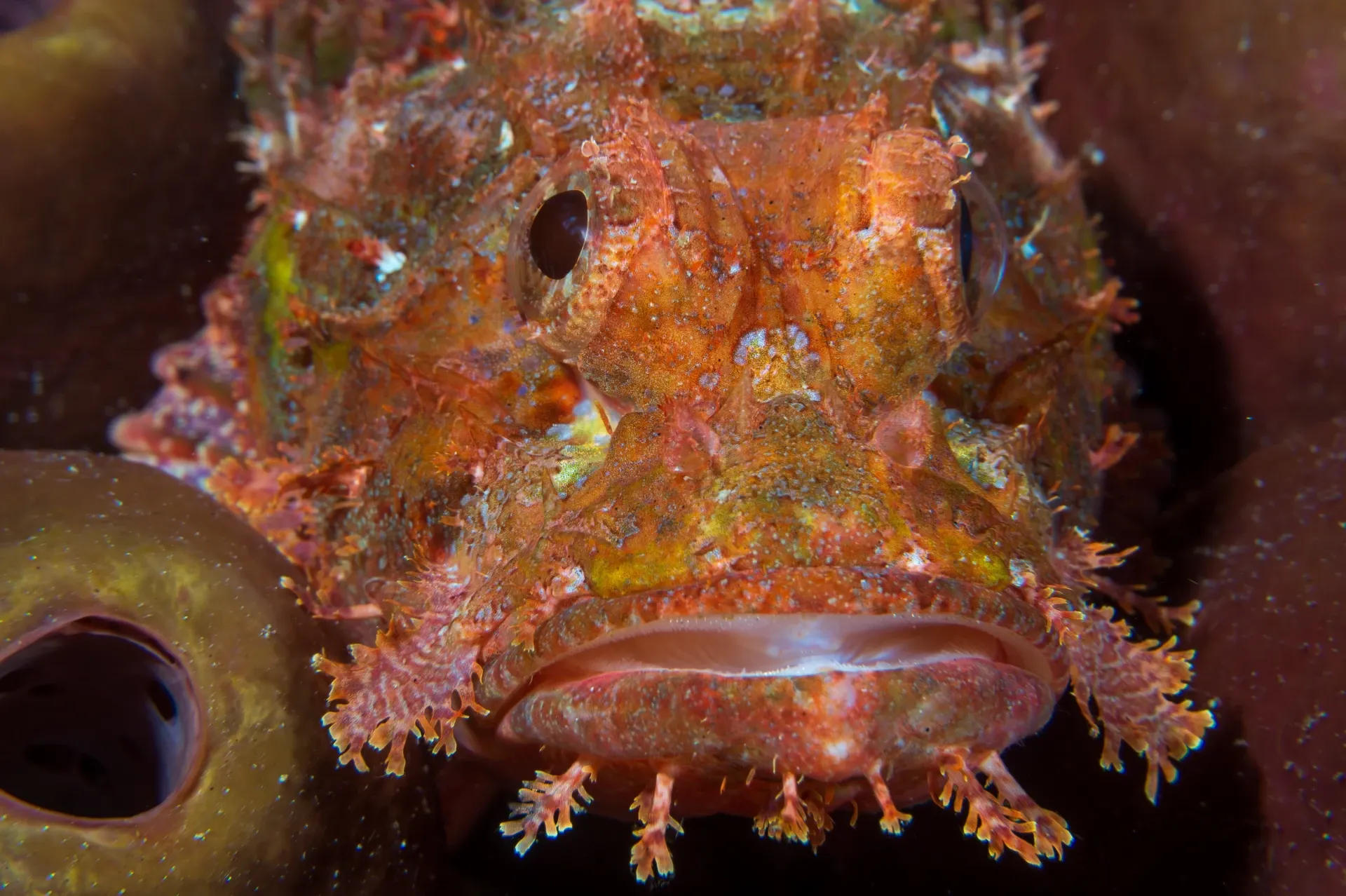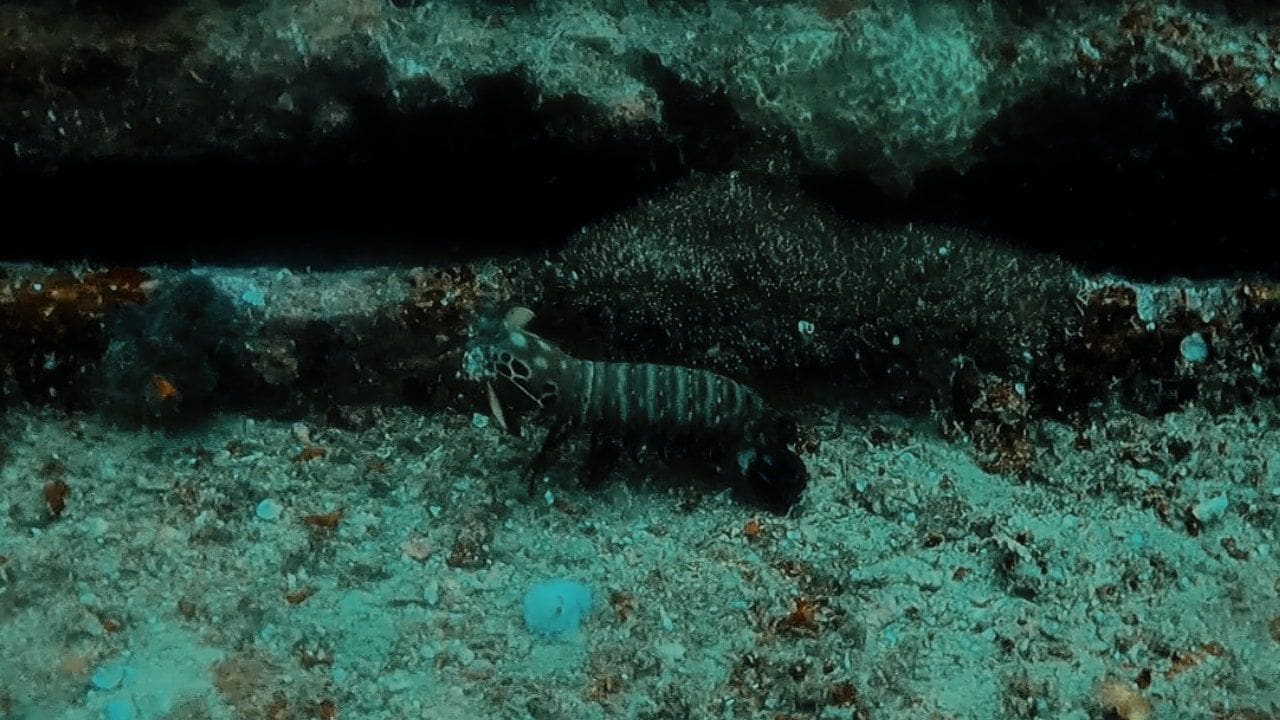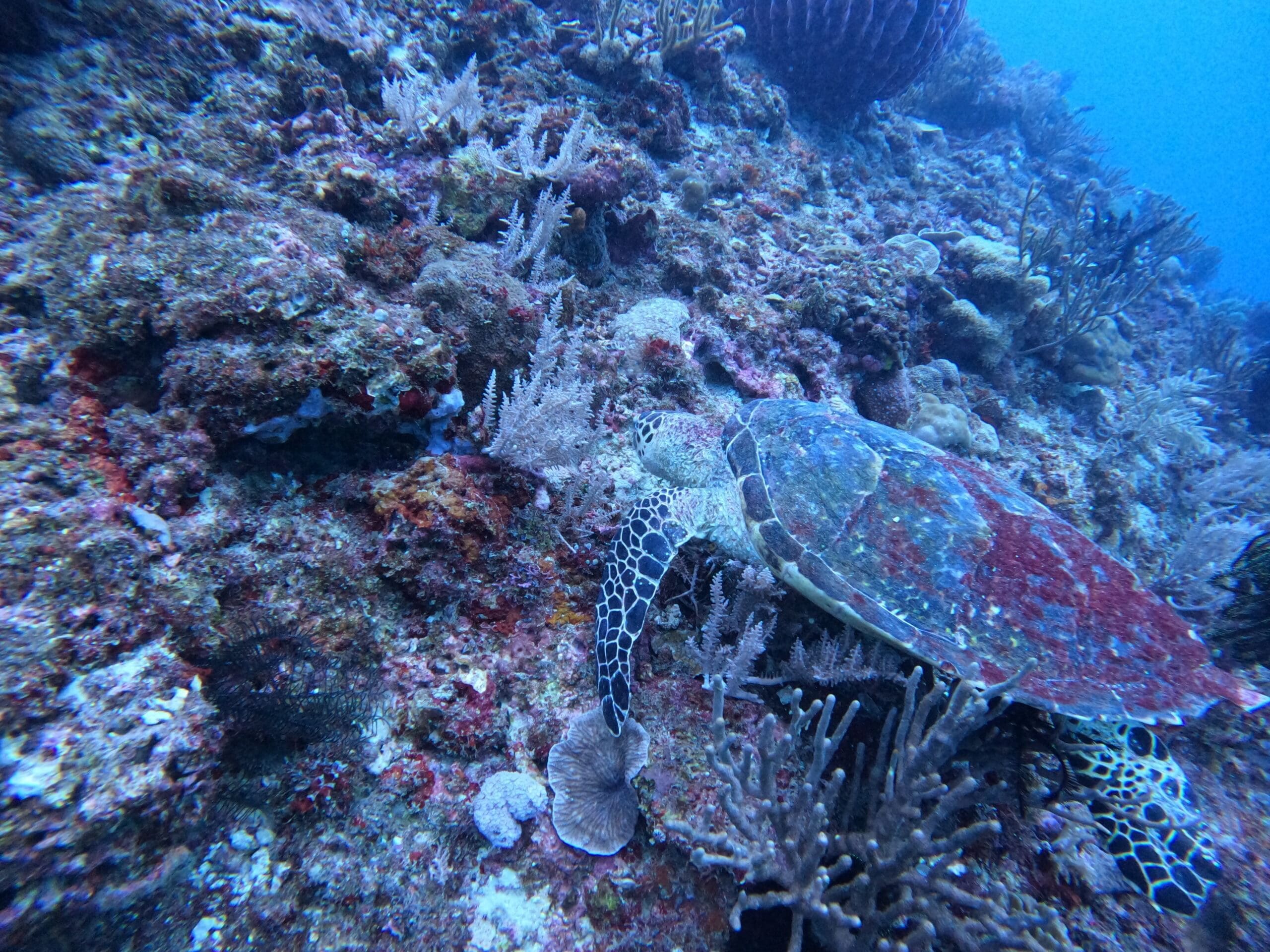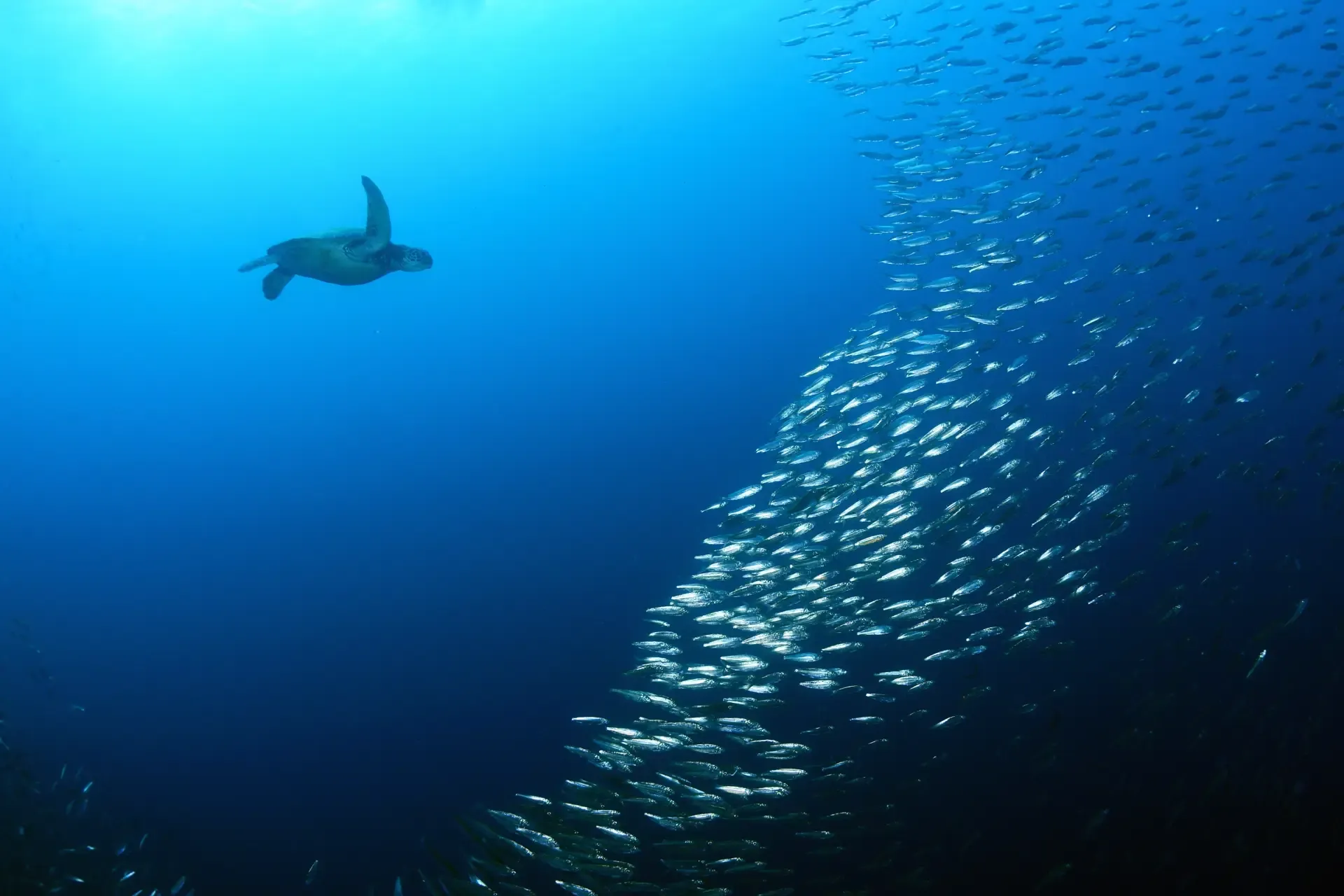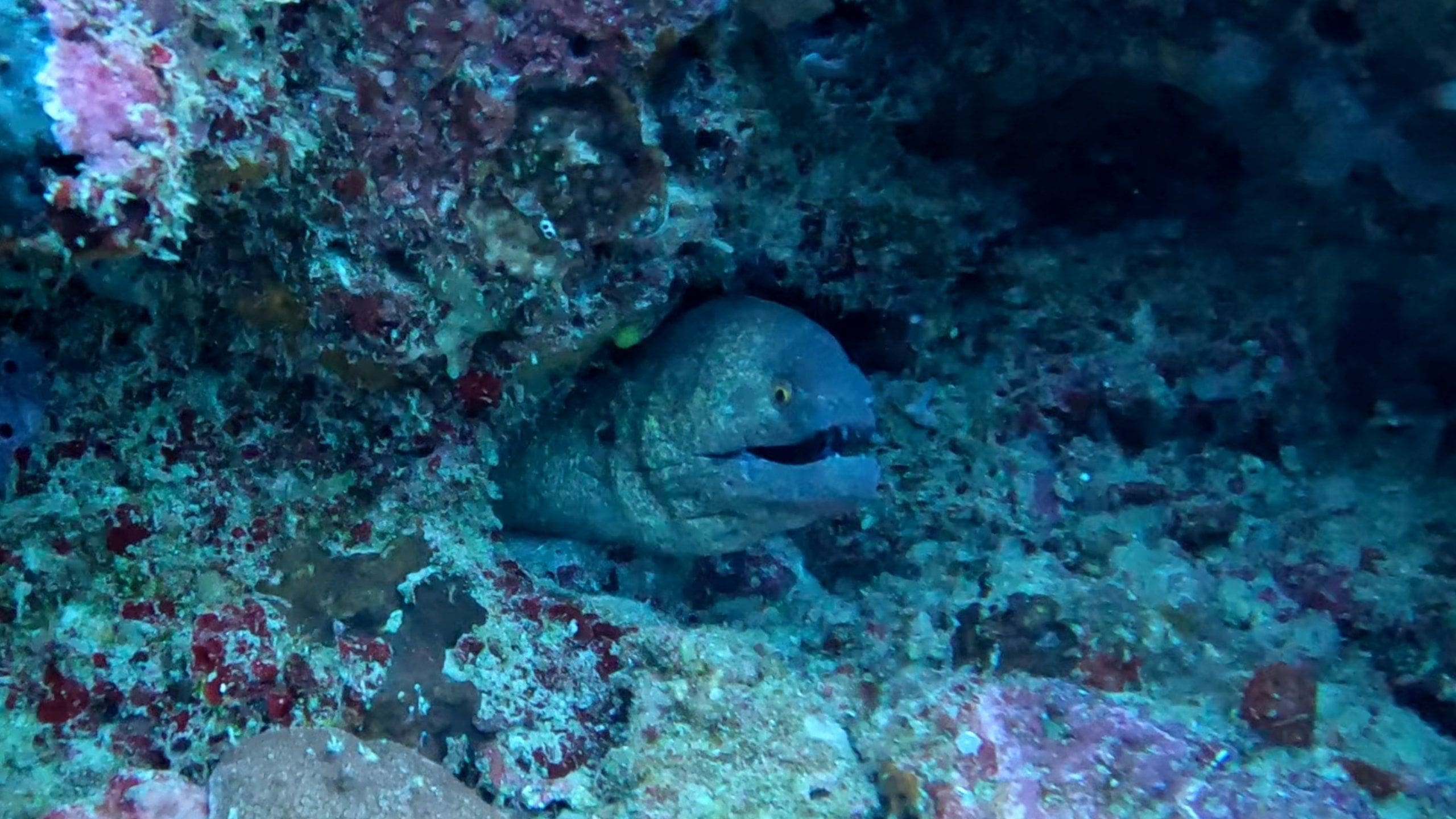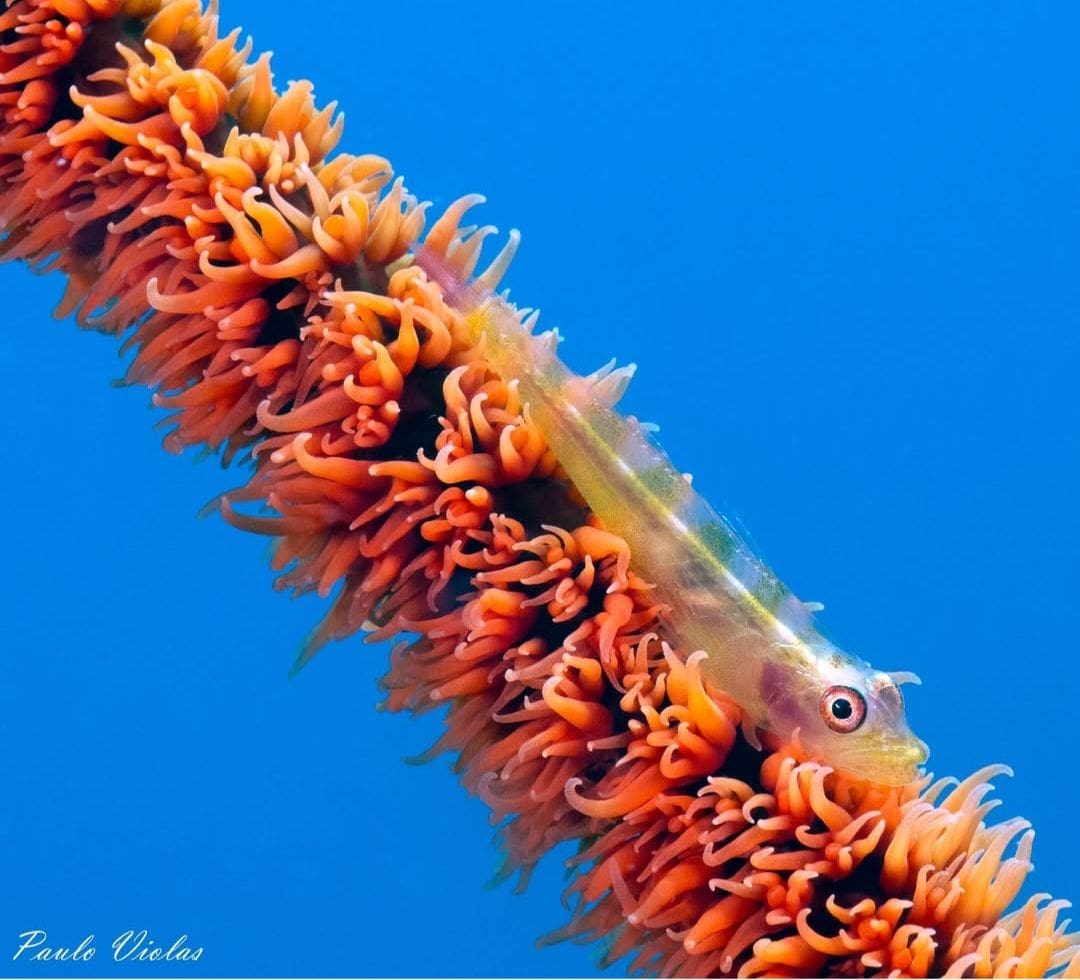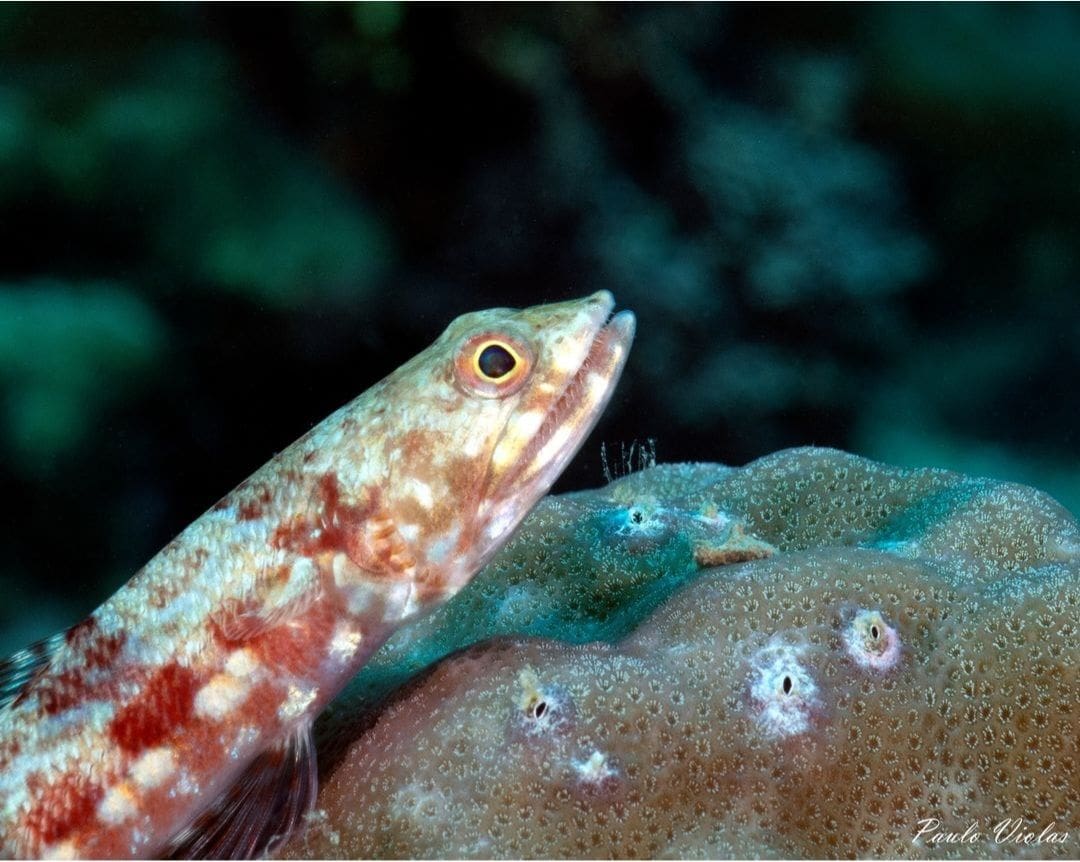Exploring Angol Point Dive Site in Boracay
Exploring Angol Point in Boracay
Exploring Angol Point: A Favorite Dive Site For Divers in Boracay
Boracay is known for its stunning beaches and vibrant nightlife, but beneath its turquoise waters lies an equally captivating world waiting to be explored. Among the island’s many dive sites, Angol Point stands out as a favorite for those seeking vibrant marine life, calm conditions, and an unforgettable underwater experience.
Located near the southern end of White Beach, Angol Point offers something for divers of all skill levels. Whether you’re a beginner eager to discover Boracay’s marine wonders or an experienced diver on the hunt for unique macro life, Angol Point delivers a relaxed yet rewarding dive.
What Makes Angol Point Special?
Angol Point is a shallow dive site, characterized by its gently sloping reef, abundant coral formations, and diverse marine life. Its proximity to the shore and calm waters make it easily accessible and ideal for novice divers, while its rich biodiversity and macro opportunities attract seasoned underwater photographers.
Key Features of Angol Point:
- Depth Range: 5 to 18 meters (16 to 59 feet)
- Skill Level: Beginner to Intermediate
- Visibility: 15 to 25 meters (50 to 82 feet), depending on the season
- Current: Mild
The site’s combination of manageable depth, clear waters, and vibrant ecosystems makes it a versatile dive spot suitable for training dives, fun dives, and underwater photography.
 Marine Life at Angol Point
Marine Life at Angol Point
One of the highlights of diving at Angol Point is the incredible variety of marine species you can encounter. From colorful reef fish to well-camouflaged critters, the site offers plenty to keep divers engaged.
Marine Species Commonly Found at Angol Point:
-
Ribbon Eel:
Known for its striking blue and yellow coloration, the ribbon eel is a prized find for divers and photographers. -
Clownfish:
These iconic orange-and-white fish are frequently spotted darting in and out of their anemone homes. -
Butterflyfish:
Angol Point is teeming with several species of butterflyfish, adding vibrant flashes of color to the reef. -
Frogfish:
Masters of camouflage, frogfish can be tricky to spot, but with a keen eye (or a knowledgeable guide), you might uncover one blending perfectly with the coral. -
Black Damsel Fish:
These small, dark fish are commonly seen defending their territory around coral heads. -
Sunset Wrasse:
Named for their brilliant hues reminiscent of a sunset, these wrasse add to the site’s colorful marine display.
The reef is also home to various nudibranchs, crabs, shrimp, and other macro life, making it a great spot for those who enjoy slow-paced dives and close-up exploration.
The Underwater Landscape
Angol Point’s underwater terrain is characterized by a gentle slope covered in a mix of hard and soft corals. The site transitions from a sandy seabed near the shore to a vibrant reef teeming with life as you go deeper.
Divers can expect to see large coral heads interspersed with patches of seagrass and sandy areas, creating a diverse environment that supports a wide range of marine species. The combination of coral structures and open sandy patches provides excellent opportunities for spotting both large and small marine life.
Why Angol Point is Great for Beginners
For those new to diving, Angol Point offers an ideal environment to gain confidence underwater:
- Shallow Depths: The gradual slope and manageable depth range make it easy for beginners to explore without venturing too deep.
- Calm Waters: The mild current and sheltered location create calm diving conditions, perfect for those still getting comfortable with buoyancy and navigation.
- Abundant Marine Life: Even at shallow depths, divers can encounter a variety of colorful fish and corals, ensuring an exciting experience from the very start.
- Close to Shore: Angol Point’s proximity to the beach makes it a convenient and hassle-free dive site, minimizing travel time and maximizing dive time.
A Treat for Experienced Divers and Photographers
While Angol Point is beginner-friendly, it also holds plenty of appeal for more experienced divers and macro photographers.
- Macro Diving: The site’s rich coral cover and sandy patches provide ideal conditions for spotting small critters like nudibranchs, shrimp, and crabs.
- Photographic Opportunities: With its vibrant coral formations, clear water, and diverse marine life, Angol Point offers excellent opportunities for underwater photography.
- Relaxed Exploration: Experienced divers can enjoy a long, leisurely dive, taking their time to explore the nooks and crannies of the reef.
Best Time to Dive Angol Point
While Angol Point is accessible year-round, the best conditions are typically during Boracay’s Amihan season (November to May) when the waters are calm, and visibility is at its peak. During this period, divers can expect excellent underwater clarity and minimal current, making for a more enjoyable experience.
Dive Tips for Angol Point
- Go Slow: Angol Point is rich in small marine life, so take your time to explore and look closely at the reef.
- Bring a Dive Light: A good light will help illuminate the vibrant colors of the reef and bring out the details of camouflaged critters.
- Practice Buoyancy Control: With the reef being relatively shallow, maintaining good buoyancy is essential to avoid accidental contact with the coral.
- Dive with a Guide: Local guides have an eye for spotting hidden marine life like frogfish and nudibranchs, enhancing your dive experience.
Protecting Angol Point’s Underwater Beauty
As with all dive sites, preserving Angol Point’s marine ecosystem is crucial to ensure its beauty remains for future generations to enjoy. Divers can help by:
- Practicing Responsible Diving: Avoid touching or damaging corals and marine life.
- Using Reef-Safe Sunscreen: Protect the reef by using sunscreen that doesn’t contain harmful chemicals.
- Participating in Clean-Up Dives: Join local initiatives aimed at keeping Boracay’s waters clean and free of debris.
Final Thoughts
Angol Point is a hidden gem in Boracay’s underwater world, offering a perfect blend of accessibility, beauty, and marine biodiversity. Whether you’re a beginner taking your first dive or an experienced diver looking for macro life, Angol Point delivers an unforgettable experience.
With its calm waters, vibrant reef, and diverse marine life, this dive site is a must-visit for anyone exploring Boracay’s underwater treasures. So gear up, dive in, and discover the magic of Angol Point for yourself!
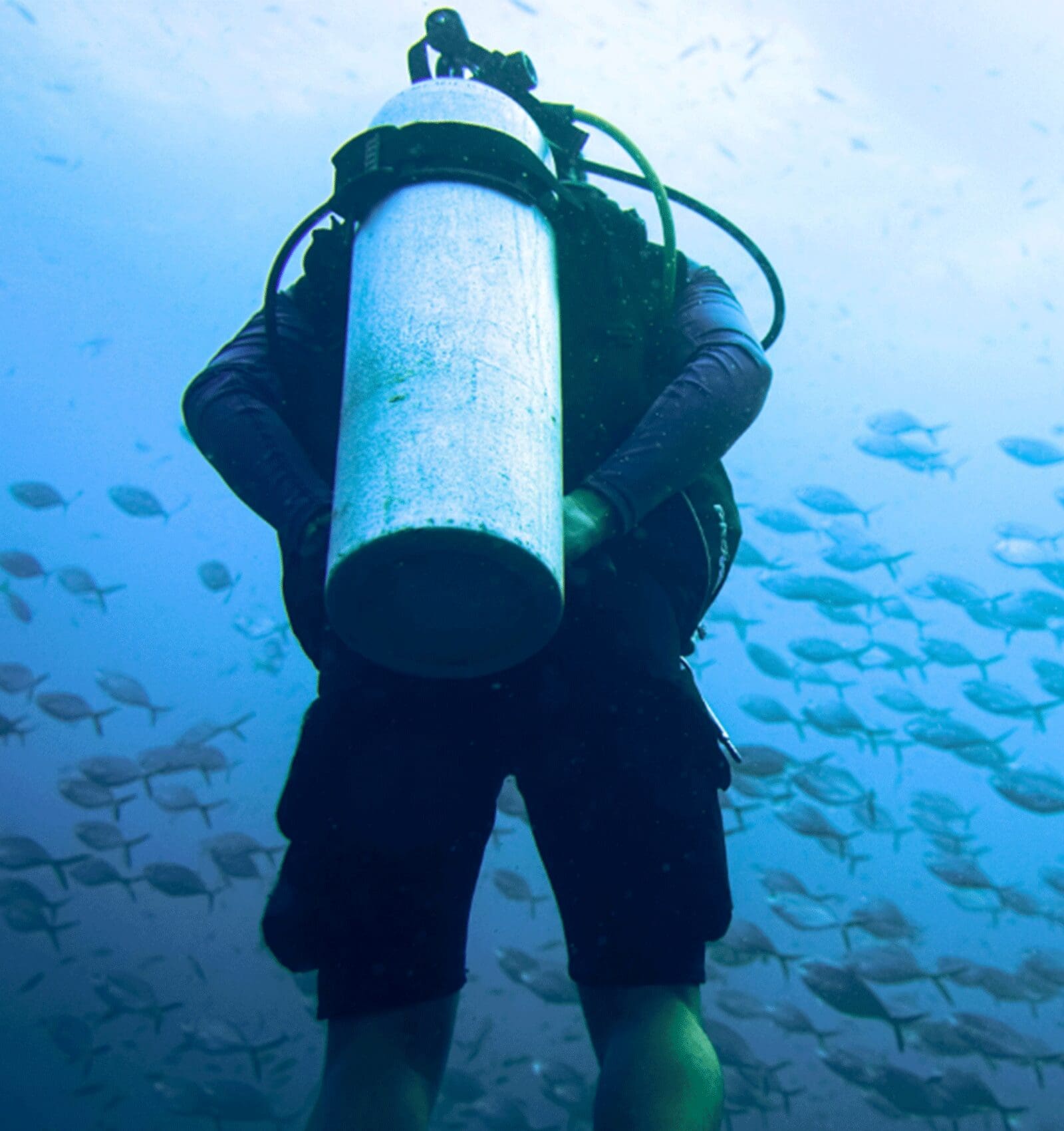
Wish to know more about the diving in Boracay? Our team will be delighted to answer your questions and let us know why we should be your first choice when planning your dive vacation to the Philippines. We hope to hear from you soon!
